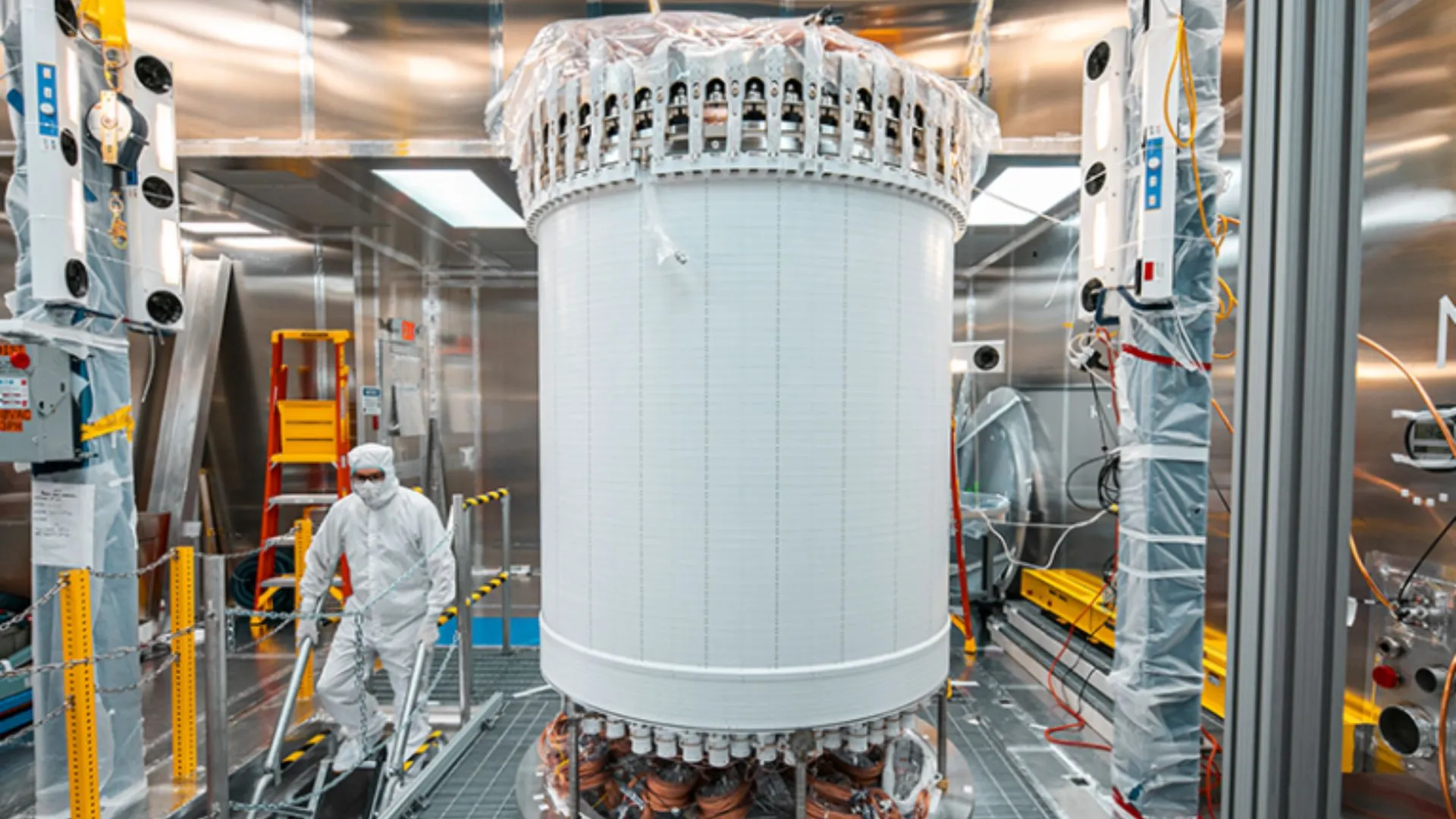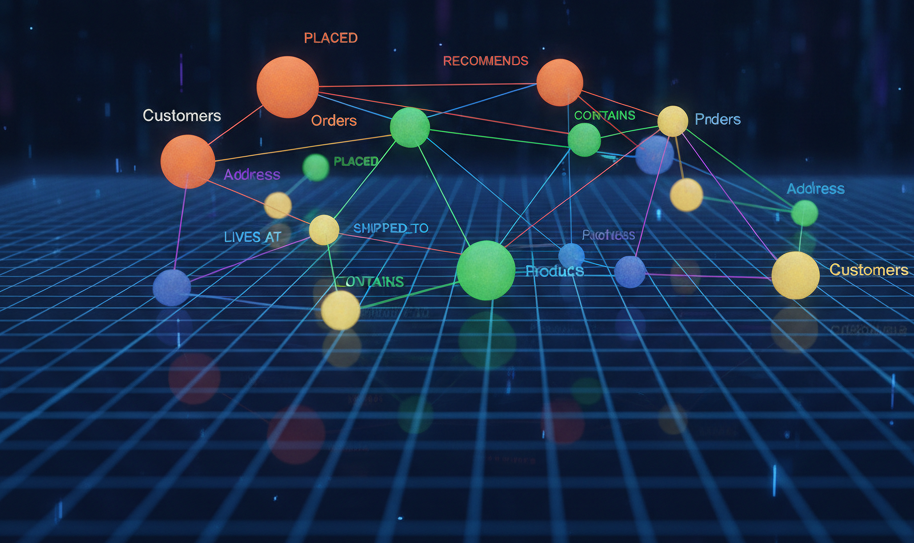
Scientists working with one of the world’s most sensitive dark matter detectors say they have achieved a breakthrough that could bring physics a step closer to solving one of its biggest mysteries.
The XENON Collaboration, an international team of researchers, announced on October 1 that its experiment at Italy’s Gran Sasso Laboratory has succeeded in cutting background radioactivity inside the detector to unprecedented levels.
Using advanced purification technology, the team reduced radon-induced signals, a major source of interference, to levels a billion times lower than the natural radiation found in the human body.
World’s most sensitive dark matter detector
The results published in Physical Review X represent a significant step forward in the search for dark matter.
Dark matter is a mysterious substance believed to make up about 85% of the universe’s matter, but it has never been directly observed.
“XENONnT brings us one step closer to solving the mystery of dark matter,” said Christian Weinheimer, a particle physicist at the University of Münster who led the team that developed the new radon-removal system.
The experiment relies on detecting the faint interactions between hypothetical dark matter particles and atoms of liquid xenon, a noble gas chosen for its purity and stability.
The detector, which contains 8.5 metric tons of liquid xenon cooled to about minus 95 degrees Celsius, is housed deep underground at Gran Sasso to shield it from cosmic radiation.
Even so, tiny traces of natural radioactivity remain a constant challenge. Radon gas, a decay product of elements formed billions of years ago during the solar system’s birth, is especially troublesome.
Its decay produces flashes of light in the detector that can mimic potential dark matter signals.
To address this continuously, the XENON team built a cryogenic distillation system designed to strip radon from the liquid xenon.
430 atoms per metric ton
According to measurements by the Max Planck Institute for Nuclear Physics in Heidelberg, the process cut radon concentrations by a factor of four, down to about 430 atoms per metric ton.
That reduction makes radon-related background events as rare as those produced by neutrinos, ghostly particles streaming from the sun that cannot be blocked by shielding.
“With practically no radioactive background left, we are entering a regime where the experiment is limited only by neutrinos,” Weinheimer said. “That’s an extraordinary achievement.”
The advance could have implications beyond the current experiment. Plans are underway for an even larger detector known as the XLZD (Xenon Liquid Dark Matter Observatory), which would hold ten times as much liquid xenon as XENONnT.
By scaling up the radon-removal technology, scientists believe they can create a next-generation instrument capable of probing deeper into the nature of dark matter.
Funding for the effort came from several European sources, including the European Research Council’s “LowRad” project, the German Federal Ministry of Research, and the German Research Foundation’s training group on particle interactions and dark matter.
While no direct evidence of dark matter has yet been found, physicists say each technical advance improves the odds of success.
“The purity we’ve achieved shows that the technology is ready for the next leap,” Weinheimer said.
The hunt continues in the silent chambers deep beneath Italy’s Apennine mountains, where scientists hope that one of the universe’s best-kept secrets may finally reveal itself.



